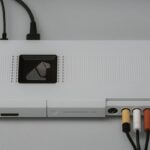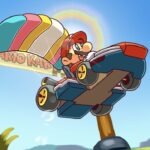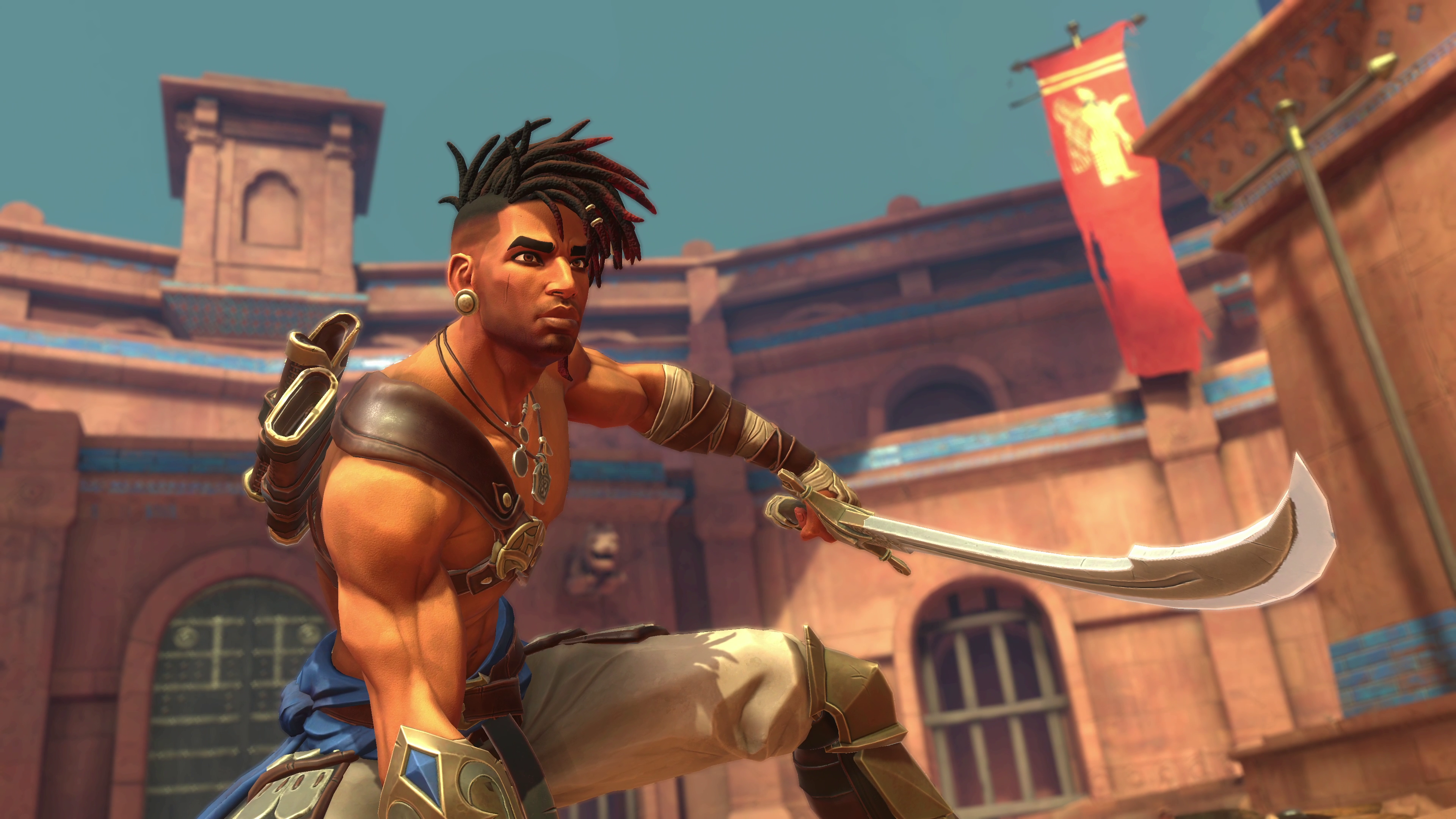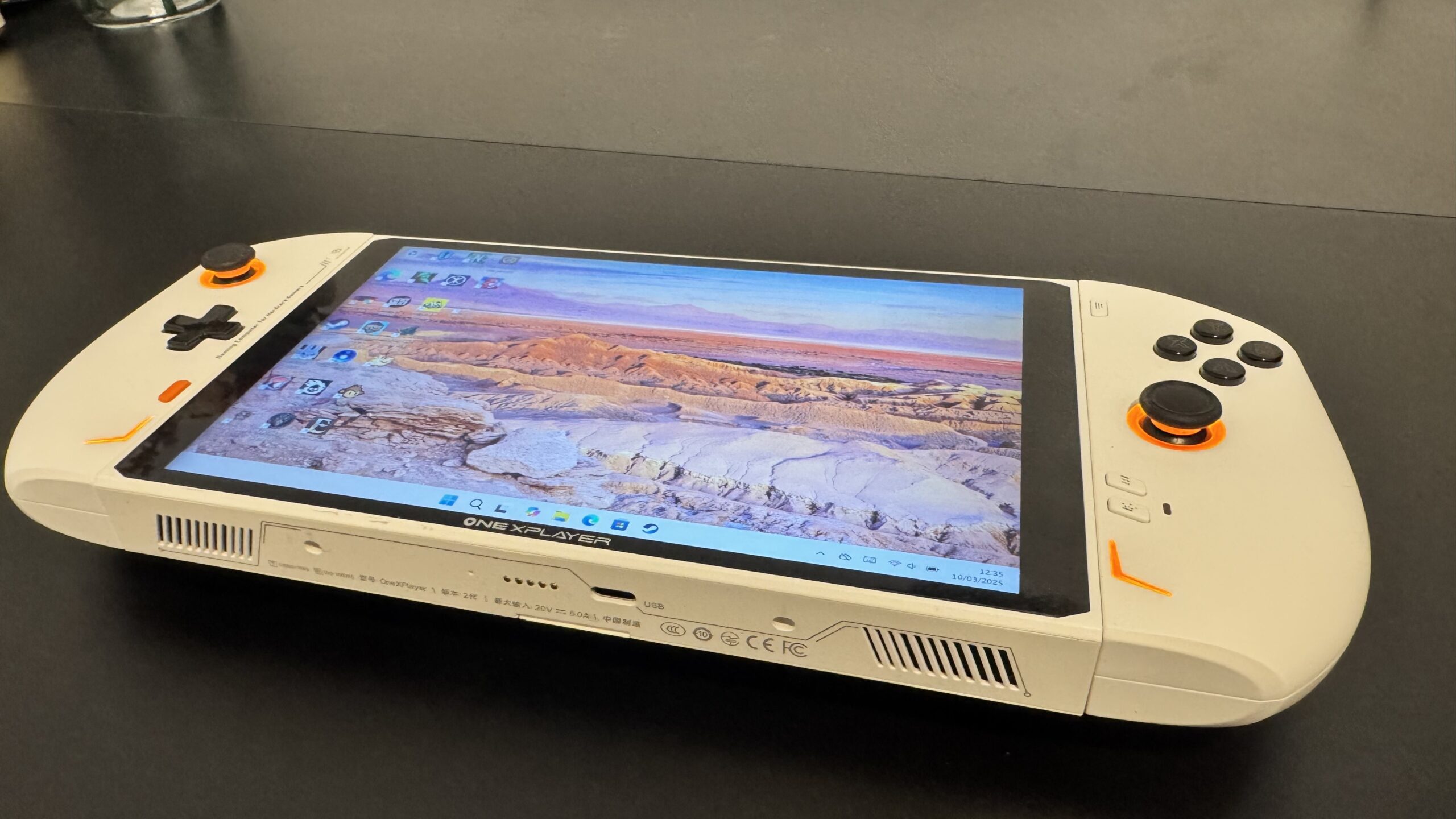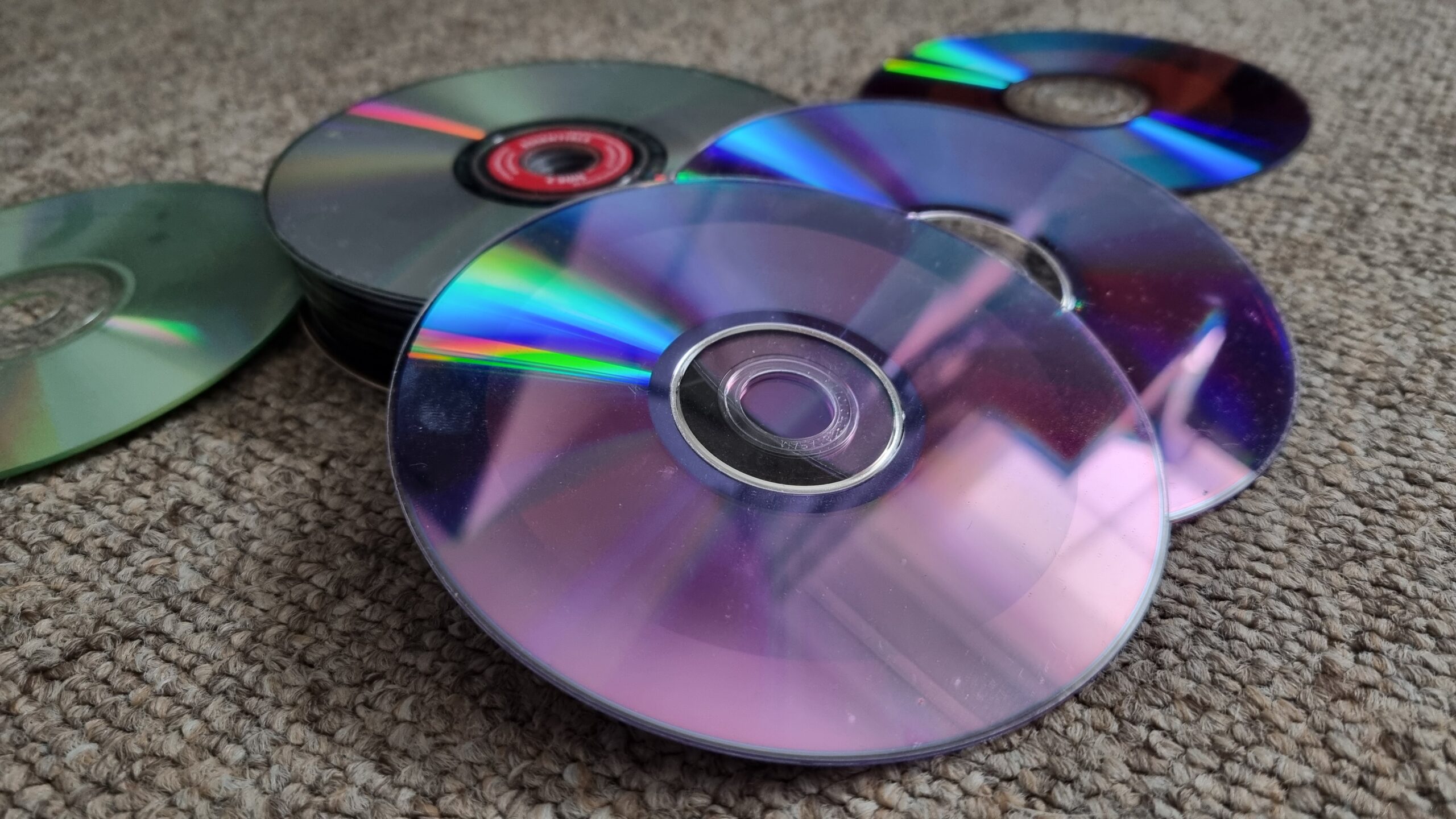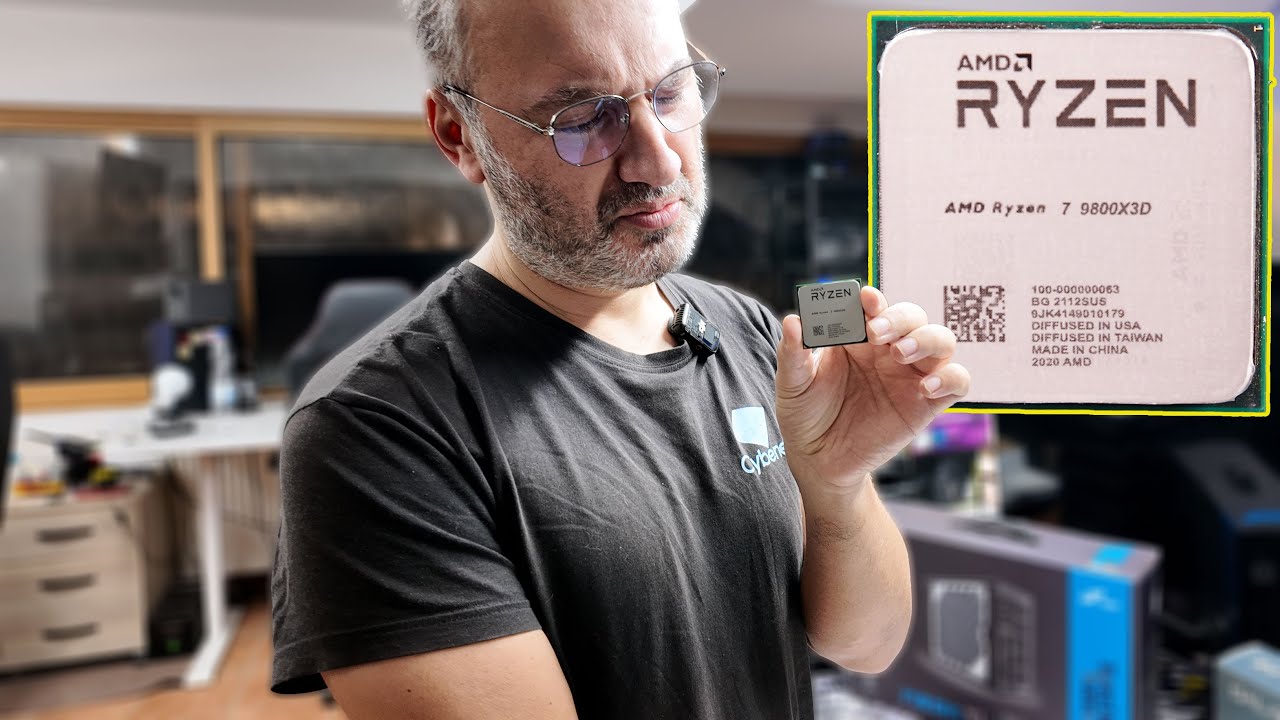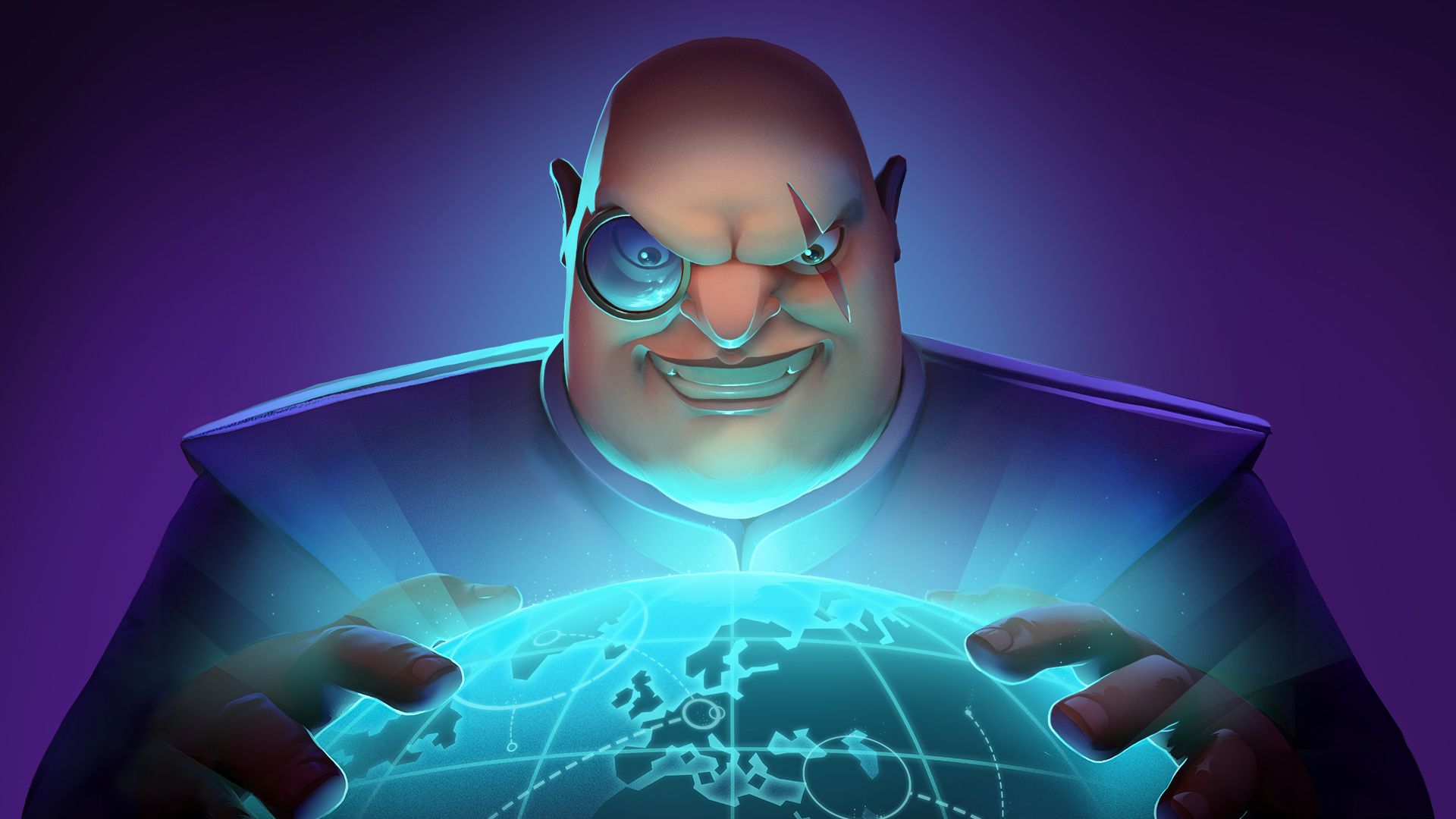What is it? A time-bending metroidvania that marks a new era of Prince of Persia.
Release date January 18, 2024
Expect to pay £45 / $50
Developer Ubisoft Montpellier, Ubisoft
Publisher Ubisoft
Reviewed on Nvidia GeForce RTX3070, AMD Ryzen 7 2700X, 32GB RAM
Steam Deck N/A
Link Official site
Prince of Perisa: The Lost Crown is a slow burn to a fault. Its beginning hours are mired by overly simple and unremarkable platforming, unhelped by a disjointed narrative that left me with zero investment in its story. If I were reviewing this based on the first 15 hours alone, I would’ve been a lot more sour. Yet its second half does a fantastic job of leaning into its strengths, and when I rolled credits I couldn’t help but wish the entire game had been this way.
It’s a solid attempt at a metroidvania from Ubisoft and one that, all things considered, took me by surprise with how much I came to enjoy it. I’ve never been one to express much interest in metroidvanias or even Prince of Persia for that manner, and while I feel less enthusiastic about the whole thing than I did when I previewed The Lost Crown last summer, I can’t fault it for how competently it nails the basics.
Immortal reign
Though I may not have dabbled in Prince of Persia previously, I do at least know that this is the series’ first appearance in a long 14 years. Not only has it swapped out its 3D perspective to return to its 2D platforming roots, it’s also forgone its eponymous prince character in favour of new protagonist Sargon. This lad isn’t royalty, but rather a member of the Immortals, a group tasked with protecting the prince Ghassan and keeping Persia safe.
He doesn’t do a very good job of the whole protecting thing though, as his mentor Anahita snatches Ghassan away to Mount Qaf, where time is all funky and nonlinear, causing some strange behaviour and mysterious characters to crop up all over the place. Sargon then jets off with the rest of the Immortals to try and save Ghassan while combating all of Mount Qaf’s weirdness.
(Image credit: Ubisoft)
At least, I’m pretty sure that’s the premise of the story. The Lost Crown’s narrative is incredibly underbaked. It feels like pieces of the worldbuilding and overarching story are missing—outside of the Immortals members, I was often lost in who people were and their motives. Characters would talk to each other as if I was supposed to know what was happening, even though nobody had bothered to explain it to me.
Eventually I opted out of paying attention to the story entirely, rather than choosing to be confused by it.
There are books and tablets that can be read throughout for additional lore, but they proved of little help when it came to the moment-to-moment story beats. Moments that I’m sure were intended to be grand reveals were met with zero reaction from me because they were delivered so awkwardly with little-to-no buildup that I was unsure why I should even care. Eventually I opted out of paying attention to the story entirely, rather than choosing to be confused by it.
It’s a shame because a stronger narrative would’ve really helped get through the slog of its early hours. When I first arrive at Mount Qaf with Sargon I have a simple jump, slide, and ground dash at my disposal. The game does immediately hint at new abilities down the line by placing a chest well out of my reach, but for the first couple of hours I have to make do with a basic toolkit.
It’s all well and good for introducing me to the platforming basics—dash over this gap, wall jump up between these two columns, slide under these dangling spikes—but the training wheels stay on for a little too long. New abilities eventually come in the form of Time Powers, which are handed to me every few hours as I progress through the story. They allow me to do things like airdash, create copies of Sargon to teleport back to, grab objects like bombs, flick between dimensions to make platforms pop in and out of existence, grapple and double jump.
(Image credit: Ubisoft)
The problem is they’re handed out a little too slowly for my liking. The airdash, the first Time Power I obtained, came after a couple hours of playing through The Lost Crown. It doesn’t sound like a lot of time, but the lack of such a basic platformer function left me feeling a little held back, which is reflected in the game’s early puzzles. I breezed through the early exploration a little too easily—nothing was particularly challenging for the first several hours, even as someone who doesn’t dabble in this genre that often.
Need more time
Thankfully, as I collected more Time Powers, Ubisoft was finally able to unleash its platforming creativity a little more. This became especially true as I obtained the double jump ability, which I nabbed around 15 hours into my playthrough. For me, this is when The Lost Crown really comes to life. The difficulty spike in puzzles and platforming once I had a double jump in my toolkit was whiplash-inducing.
I went from flying through each area with ease to suddenly hitting wall after wall, whether that be from tight and tricky execution or a puzzle that left me scratching my head for which powers I needed to be utilising to complete it.
One particular segment that required me to activate blocks by jumping in front of a panel (and then quickly moving away from it so Sargon didn’t get flattened by the incoming death cube) and then hop on top of it before it vanished had me properly stuck for close to 40 minutes and honestly, it was great. This was The Lost Crown at full torque, and the final 10 hours of traversing Mount Qaf was like playing a completely different game.
(Image credit: Ubisoft)
This is all to say that, to its credit, The Lost Crown’s movement and platforming feels fantastic. It’s responsive and fluid—every jump, dash and slide is quick and snappy, and controlling Sargon in trickier platforming segments never felt floaty or unwieldy. Whenever I failed a particularly challenging section, I didn’t feel cheated by the game. Even during sections I repeatedly failed, success didn’t seem out of reach, and that went an awful long way to assuage any oncoming frustration whenever I couldn’t quite nail a movement.
Some of the abilities were also great even when they weren’t meant to be used to complete a platforming puzzle. The one where I was able to create and teleport back to a copy of myself proved particularly handy for tackling more difficult sections, allowing me to quickly zip back to a safe point and try again rather than falling to my death and having to start from the beginning.
Sargon Spirit Bomb
It’s not just movement that Time Powers are used for, either. The game heavily encourages you to make use of them in combat, weaving them in with Sargon’s standard dual blade and bow-and-arrow attacks. I could use the grappling hook to bring lighter enemies crashing down to the ground or whipping armour off a larger enemy. Sargon’s teleportation can be used to snapshot a ready-to-rip charged attack, allowing me to fire one off, return and automatically do another one.
The Lost Crown’s combat absolutely smacks of fighting games, which is right up my alley. Sargon can juggle enemies in the air, unleash a super move once his meter reaches a certain level or parry enemies to gain the advantage. A standard parry simply puts the ball in Sargon’s court, but a special parry indicated by a yellow flash grants a special animation and some huge damage from Sargon. The parry animations are fantastic, colourful as heck and a lot of them feel reminiscent of Dragon Ball Z and other similar anime flavours.
(Image credit: Ubisoft)
Something I really enjoyed was that enemies were equally capable of dishing out the same—they could evade me mid-combo, parry their way out of a sticky situation and dish out some hefty damage. Some of the parry animations from bosses were even cooler than Sargon’s too, feeling more full of character than anything I saw from actual story dialogue.
The parry animations are fantastic, colourful as heck and a lot of them feel reminiscent of Dragon Ball Z and other similar anime flavours.
Unfortunately I often found that it was easier to simply mash out the basic attack button and dodge with the occasional parry sprinkled in. It meant I rarely got to see these big setups pay off, and the parry animations were less frequent than I’d like. This became increasingly apparent as I ventured further into the story, where I was tasked with taking on more enemies at once. It wasn’t all too easy to set up a charged attack or bait out a parry when another, quicker enemy was gunning for my back while a flying enemy was peppering me with fireballs. It’s another thing that feels like it was so close to being great, but misses the mark.
Combat was easily the most consistently challenging part of The Lost Crown though, and I had a blast figuring out boss battle patterns in particular. I died to bosses more often than anything else in the game, but it also proved to be the most satisfying when I finally figured out the optimal ways to position Sargon, avoid big moves and land in just the right place to swing my swords and deal some big damage.
Uncrowning
While I never struggled enough to tweak the difficulty, The Lost Crown offers plenty of options to fit the entire experience for maximum enjoyment. Combat difficulty can be adjusted across standardised options, but also offers more in-depth sliders for things like damage dealt, taken, meter buildup and timing windows on parrying and dodging.
(Image credit: Ubisoft)
It also offers two difficulties that dictate how hand-holdy the overall experience is. Exploration mode fits more with a traditional metroidvania experience, while guided mode marks out objectives and blocked paths for quicker and easier navigation. I personally opted for exploration for my entire playthrough, but I was given the option to freely switch between the two at will.
The Lost Crown offers some neat accessibility features too, like being able to zip past platforming segments that some may have difficulty completing. It’s completely optional, tucked away in a menu and toggleable at any point throughout the playthrough for those who struggle. Again, it’s something I never wound up using, but I love that it’s included as an option.
Those aren’t the only things Ubisoft has done to make the metroidvania genre a little more approachable. Easily one of my favourite things about the entire game is the implementation of the Memory Shard system. Whenever I came across something I hadn’t seen before, a room I couldn’t access yet or something I knew I had to backtrack to later, I could hit a button to take a screenshot and pin it to the location on the map.
It became my saving grace multiple times throughout my playthrough, especially as someone who suffers from chronic goldfish brain. It also served much better than a vague icon marker (which are also included) to remind future me of what the hell past me was wanting to go back and check. It’s balanced in that I only had a limited amount I could use, meaning I wasn’t able to leave screenshots all over the Qaf. It’s something I sincerely hope gets implemented in future metroidvanias, because it greatly improved my overall experience in a way I didn’t expect.
(Image credit: Ubisoft)
Despite all that, I still can’t help but feel somewhat frustrated with how The Lost Crown pans out overall. If I hadn’t been reviewing it, I’m not sure if I would have persevered through the game’s dull, painfully average first half to reach a far more complete and engaging second half. The game never veers into straight-up bad territory, but it spends entirely too long milling around in ‘adequate’ territory, which I think is sometimes worse. Even when it finally gets out of that, it doesn’t get much further. It’s a palatable game throughout and, like I said before, never became overly frustrating which is to its benefit.
If the whole of The Lost Crown played like its final few hours and had a more engaging story, I think it would have had a good shot of being regarded as a surprisingly fantastic metroidvania. For now, it remains a competent one.




